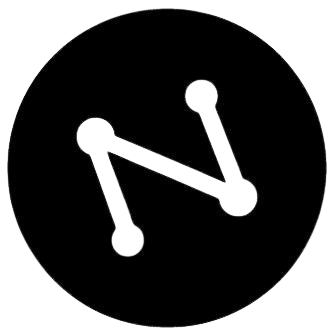
Healthcare has entered a new digital era. Hospitals, clinics, and private practices around the world are embracing technology not only to modernize their workflows but to enhance patient experience and operational efficiency. The Electronic Health Record (EHR) is at the heart of this transformation.
Far from being just a digital archive, the EHR is a living system that connects every point of the patient’s journey — from scheduling to diagnosis, prescription, and follow-up care. It integrates medical, administrative, and financial data into a single, secure platform.
In this article, you’ll understand how an Electronic Health Record works, how it supports daily clinical operations, and why it has become indispensable for medical practices aiming for productivity, safety, and sustainability.
Before we continue, we need to ask: Are you already familiar with Ninsaúde Clinic? Ninsaúde Clinic is a medical software with an agile and complete schedule, electronic medical records with legal validity, teleconsultation, financial control and much more. Schedule a demonstration or try Ninsaúde Clinic right now!

What Is an Electronic Health Record
An Electronic Health Record (EHR) is a digital system that compiles and organizes all relevant health information about a patient in a structured and secure format. It includes medical history, diagnoses, progress notes, medications, vital signs, immunizations, allergies, and test results.
Unlike scanned or static digital files, the EHR is dynamic and interconnected. It allows data sharing between departments, real-time updates, and integrations with other healthcare systems.
For example, in a system like Ninsaúde Clinic, the EHR centralizes the entire patient journey. Receptionists, nurses, and doctors can work on the same record — each within their permission level — ensuring accuracy and compliance. The system enables a holistic view of each patient while improving collaboration and minimizing redundant tasks.
How the EHR Works in Everyday Practice
An EHR operates as the backbone of the clinic’s digital infrastructure. When a patient schedules an appointment, their data automatically syncs with the system, creating or updating their record. From there, every interaction adds to the patient’s digital history.
During a consultation, physicians can:
- Record anamnesis and clinical notes;
- Attach laboratory results and diagnostic images;
- Prescribe medications electronically;
- Generate and sign medical reports digitally;
- Monitor previous visits and compare progress.
All this information is stored in the cloud, encrypted, and accessible from any authorized device. Data is automatically backed up and synchronized, ensuring both availability and security. This process streamlines workflows and ensures that no information is ever lost — a critical advantage over paper-based systems.
Benefits of the Electronic Health Record for Clinics and Professionals
Implementing an EHR offers multiple benefits that go beyond efficiency. It impacts how professionals work, how patients are treated, and how management decisions are made.
- Operational efficiency: reduces bureaucracy, eliminates paper use, and saves time in every patient interaction.
- Data accuracy: minimizes transcription errors and ensures up-to-date records.
- Security: uses encryption and access control to protect sensitive health data.
- Collaboration: enables different healthcare professionals to access the same patient record simultaneously.
- Analytics and insights: transforms clinical data into valuable dashboards and reports for decision-making.
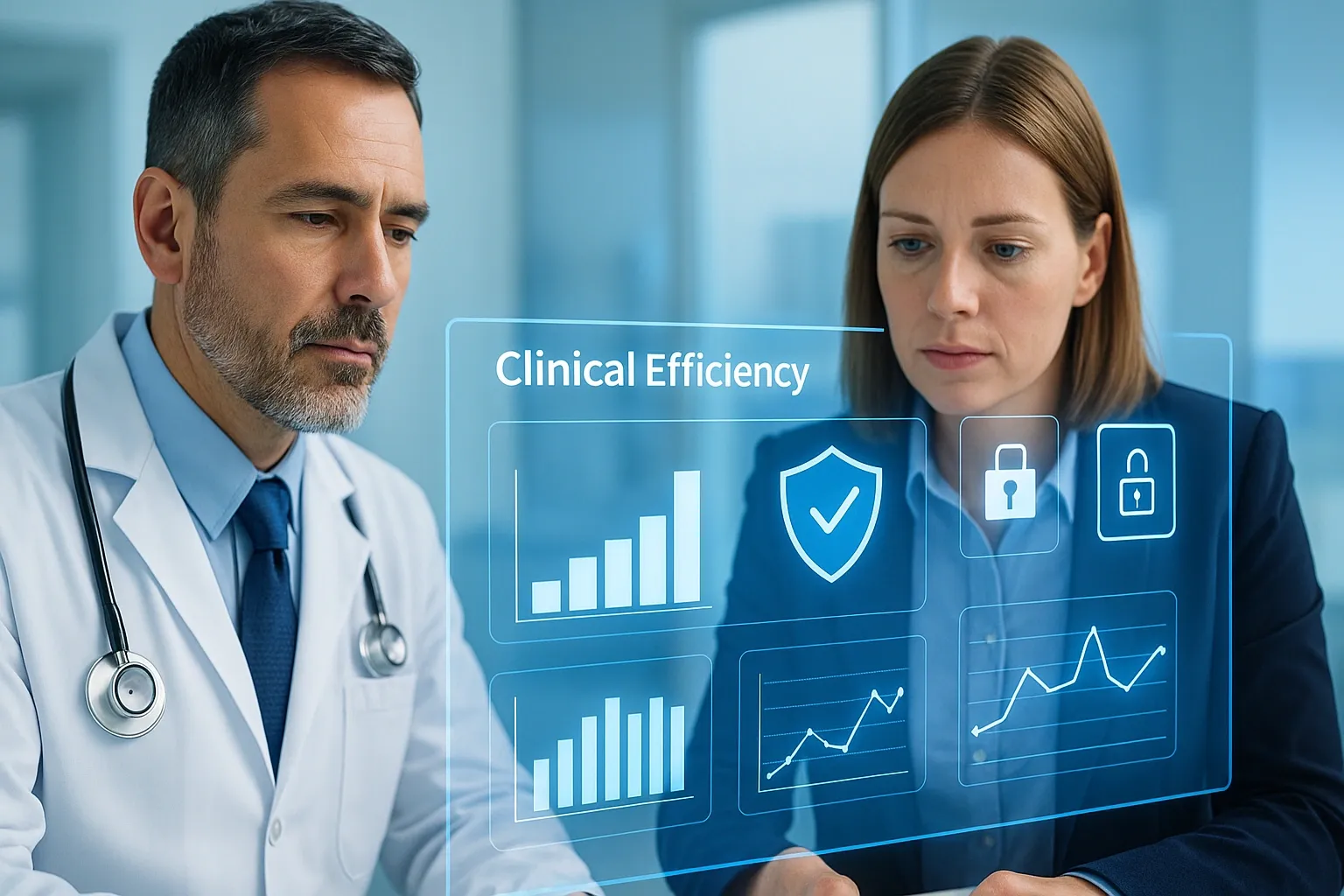
With Ninsaúde Clinic, these benefits are amplified by features such as telemedicine and integrated CRM. Everything is designed to enhance both care delivery and administrative management.
Types of Health Records: From Paper to Digital Transformation
To understand the power of EHRs, it’s helpful to compare them with their predecessors:
- Paper-based records: traditional, difficult to store, and prone to loss or damage.
- Digitized records: scanned documents with no structured data or interoperability.
- Electronic Health Records: structured systems that allow automation, analytics, and legal validation.
Only an EHR that complies with digital signature standards and HIPAA regulations provides full legal validity and secure management of patient data in the United States.
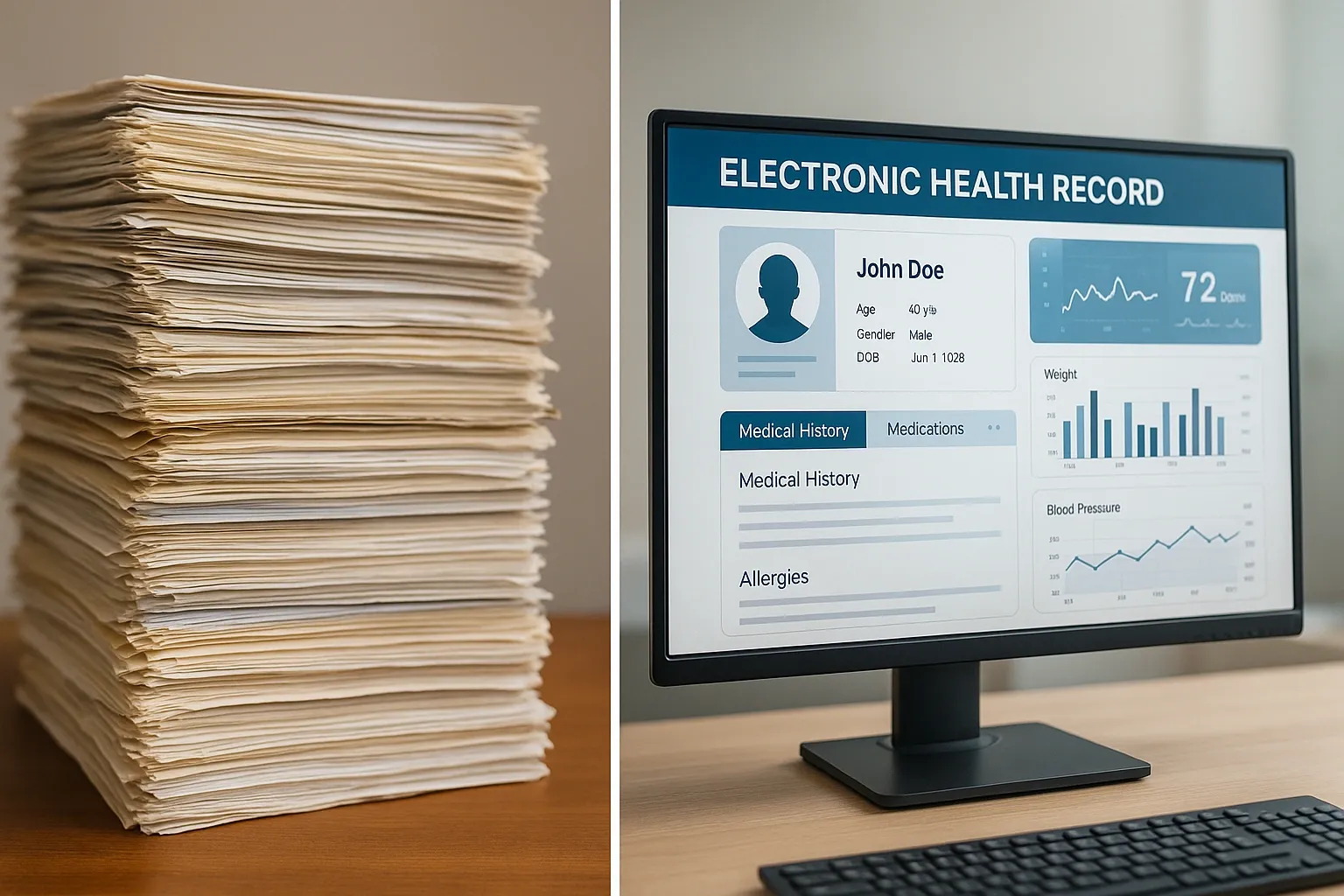
Digital Signature and Legal Validity
A modern EHR must not only store information but also validate it legally. Digital signatures allow professionals to sign clinical documents securely using a certificate (A1) that embeds authentication directly into the file.
With Ninsaúde Clinic, physicians can digitally sign prescriptions and medical notes directly in the system. Consent forms, on the other hand, can be signed using Ninsaúde Sign, which provides a visible electronic signature and sends copies automatically to both the clinic and the patient.
This combination of digital and electronic signatures ensures full traceability, compliance with HIPAA and local medical boards, and complete transparency in the care process.
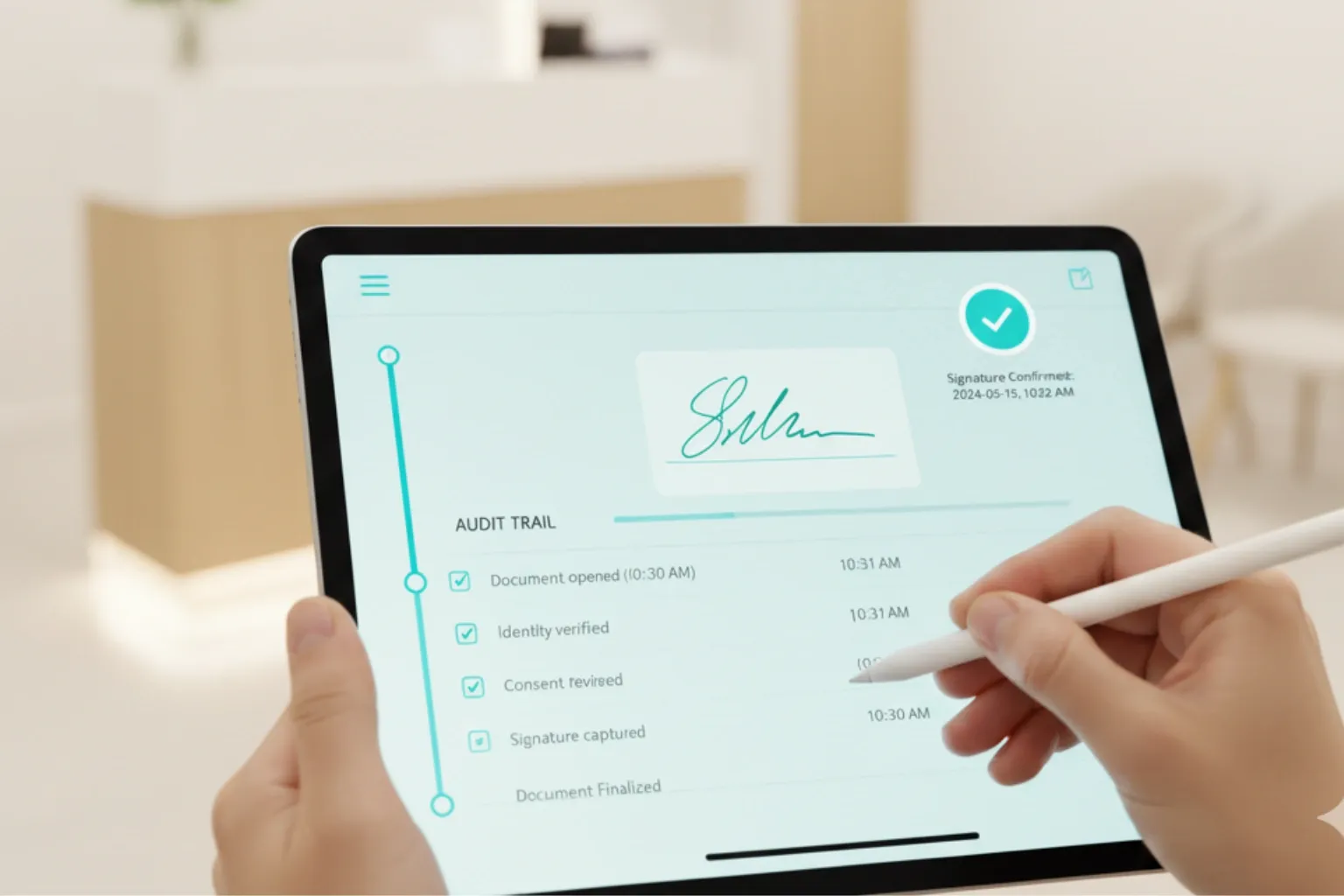
Integration with Other Tools in the Clinic
One of the greatest strengths of a robust EHR lies in its integration capabilities. Rather than functioning as an isolated module, it connects to the broader ecosystem of healthcare operations.
In Ninsaúde Clinic, the EHR integrates with:
- Appointment scheduling and patient history;
- Financial and accounting modules;
- Ninsaúde Safe for consultation recording;
- CRM and marketing tools for patient engagement;
- Telemedicine and e-prescriptions.
This level of interoperability enables a unified workflow where data flows automatically across departments — empowering administrators and physicians to make faster and more informed decisions.
Customization and Clinical Protocols
Every specialty has unique needs — and customization is key for efficiency. The Ninsaúde Clinic EHR allows professionals to tailor fields, forms, and protocols according to their clinical workflow.
Users can start from predefined templates or create custom forms that include automated calculations such as BMI, AOFAS, or EMAPO scores. This level of flexibility ensures standardized yet adaptive documentation.
For instance, pediatricians can use growth curves directly within the EHR, while dentists can take advantage of the digital odontogram for detailed tooth mapping. Additionally, practitioners can customize certificates, prescriptions, and lab orders, aligning them with their specialty’s format and language.
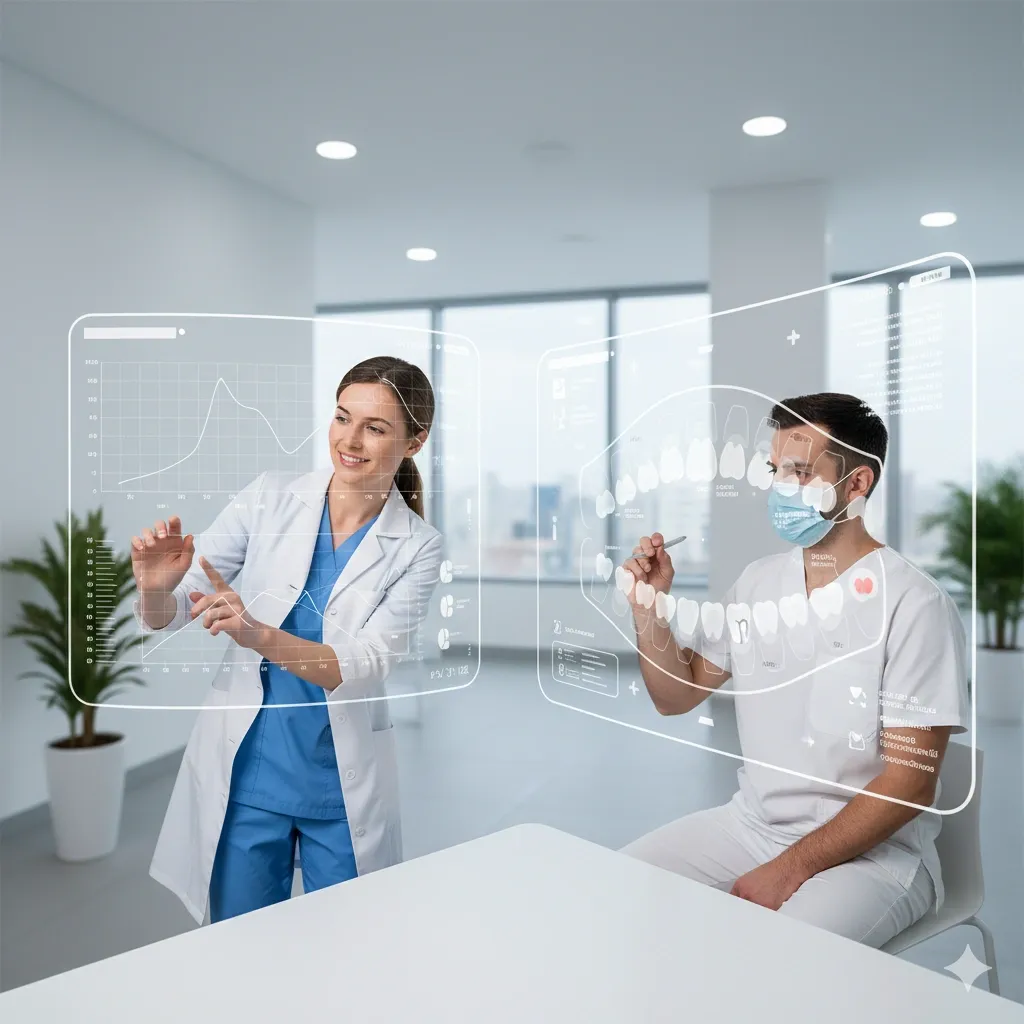
This personalization enhances consistency across the team, strengthens brand identity, and significantly reduces time spent on manual documentation — especially valuable for large clinics and multidisciplinary centers.
Security and HIPAA Compliance
Data protection is fundamental to healthcare management. A compliant EHR must safeguard patient data with confidentiality, integrity, and availability.
Ninsaúde Clinic meets international security standards such as PCI DSS, implements multi-layer encryption, and restricts access through permission-based roles. Every action within the system is logged for auditing.
Furthermore, its architecture fully complies with HIPAA (Health Insurance Portability and Accountability Act), ensuring patient data remains private, encrypted, and accessible only to authorized professionals. Automatic backups and redundant cloud storage guarantee that no data is ever lost.
The Future of EHR: Interoperability and Artificial Intelligence
The next frontier in healthcare information management lies in interoperability and AI integration. Interoperability allows systems across hospitals, laboratories, and government databases to exchange information securely.
Artificial intelligence, on the other hand, helps analyze patient data patterns, predict health risks, and improve diagnostic accuracy. Ninsaúde Clinic already embraces these trends with its open API and integration-ready architecture.
In the coming years, EHRs like Ninsaúde Clinic will become even more predictive, personalized, and data-driven — enabling clinics to not only manage information but also deliver smarter, evidence-based care.

Efficient Clinical Management: The EHR as the Foundation of Excellence
An EHR is more than a tool — it’s the foundation of modern medical practice. It connects clinical, administrative, and financial areas in a single digital ecosystem. It helps physicians save time, protect data, and make better decisions.
With Ninsaúde Clinic, your practice gains access to a complete, secure, and customizable Electronic Health Record, ready to meet global compliance standards and elevate patient care.
Learn how Ninsaúde Clinic can transform your clinic’s routine and performance. Discover the Ninsaúde Clinic Electronic Health Record.

